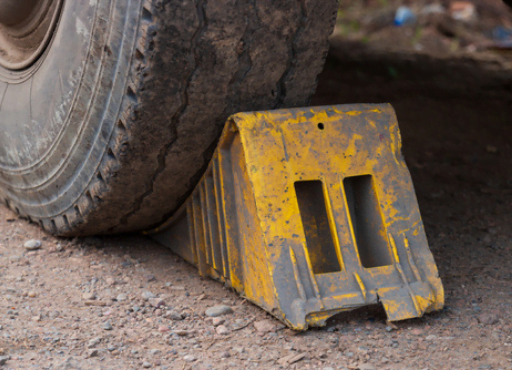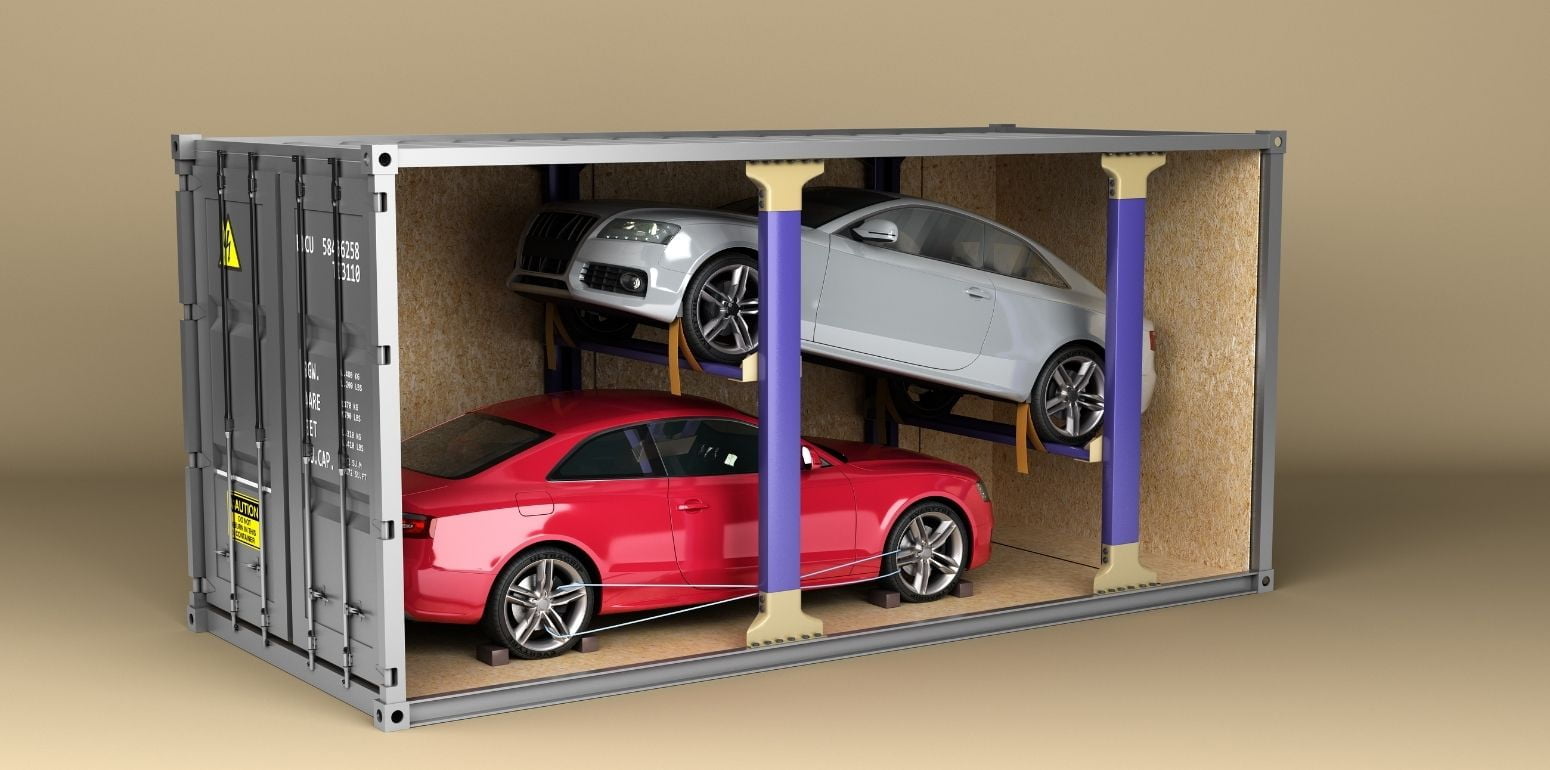Can you store a car in a container?
From growing plants to being a DIY hub, we’ve recently spent time looking at fun hobbyist activities you can use shipping containers for. Today, we’re looking at another use; one pitched squarely at petrolheads.
When it comes to storing a car in a shipping container, there are many questions to answer. But the most prominent is… well, should you be considering it in the first place?
Is it a good idea to store a car in a shipping container?
Absolutely! A 20ft container can fit most typical car models sold in the UK, and their solid steel shell makes them both weather-resistant and an excellent thief deterrent – all the things you’d want your motor’s new home to be.
It’s worth noting though that there are really two types of ‘car storage’ a shipping container can be used for:
- Pop-up or overspill storage for daily use, where you effectively use your shipping container as a garage to keep your car away from the elements. This works well when you’re clearing out your main garage and still want somewhere to store your vehicle temporarily, or you’ve come into possession of an extra vehicle, and both cars need to be easily accessible
- Long-term storage where you need to keep your car off-road for a concerted period and don’t want it left on your driveway or a nearby road. This might be an especially good idea if you’re researching how to safely store a classic car that you’re planning on working on over a long period.
How can a shipping container be used as a garage?
The video above shows in its most basic form how storing a car in a shipping container can work. In this particular case, it’s an especially long 40ft container that’s big enough to store both a retro VW campervan and a motorbike trailer.
However, it’s also possible to go for a complete shipping container garage conversion like the one below.
Much like the large pool in our blog on shipping container pool conversions, this design has been fashioned using three 20ft containers to create a sizeable rectangular space big enough for up to three vehicles. It’s even been clad in wood to give it a rustic feel to perfectly suit the rural surroundings.
View image here: Pinterest
How to safely store a car in a shipping container for the long term
When it comes to storing a car in a shipping container for a more extended period, there are some aspects about the container you may want to consider, and some regarding the vehicle itself you will also want to think about.
The container
- Pick the right size: A standard 20ft long container will fit one car. A 40ft one will give you space for two average-sized vehicles or one vehicle and a workbench/storage area
- Find a suitable surface: To be placed legally, a shipping container needs to be kept on land owned by you or where you have prior permission. It should also be a flat surface to make loading and storing the vehicle as easy as possible (more on that below).
- Consider getting insulation: This might be particularly important if you’re looking at how to safely store a classic car. Being steel structures, the internal temperature of shipping containers changes with the weather. This can cause condensation to build up, which can then affect the paint on your classic car. Insulation will help prevent this from happening, and is certainly something you should at least think about – though by no means a necessity when storing a car in a shipping container.
The vehicle
- Clean the car beforehand: Cleaning and waxing the outside of the vehicle before putting it into storage will help protect the paint job from damage from possible condensation. Cleaning inside, meanwhile, will ensure you don’t open your car up years down the line to find mould and more inside it!
- Change the oil: Old engine oil is more likely to dry up and thicken, making starting the vehicle after storage difficult. It can also damage the engine over time. Instead, change yours before the car goes into the container for the long haul
- Overinflate the tyres or use jacks to raise the car: Cars left sitting in one spot for too long can develop flat spots. Over-inflating your tyres will stop them from losing air as they sit on the ground, while using a jack will prevent the flat spots from forming even when they do lose air

- Use a tire chock instead of the hand break: If you don’t decide to use a jack, then the wheels will be in contact with the ground. That being the case, where you’d usually keep the handbrake on… don’t! At least, not while the car is in storage for a long time. The brake discs and the wheels can fuse if it’s left on for too long without moving, so a tyre stopper (or ‘chock’) can be an ideal alternative to make sure the vehicle doesn’t move. Either way, the hand break not being on is also an excellent reason to make sure the container itself is on a flat surface, as we mentioned above
- Disconnect the negative battery terminal: Our last tip on how to safely store a car in a shipping container is to disconnect the battery, which will preserve it for the long term and help prevent acid leaks. You may just need to re-tune the radio (and any other electrical settings) when you finally turn the car back on.
Considering storing a car in a shipping container?
At Philspace, we offer a range of options.
If you’re looking for temporary storage, our 10ft self-storage containers can house a small vehicle like a motorbike, while our 20ft ones are large enough to take an average-sized family car and even most MPVs.
Or if you’re looking for something more permanent (maybe even a shipping container garage conversion), our range of purchasable 20ft and 40ft shipping containers should be just what you need.
Not sure which is your best option? Get in touch to talk things through.




